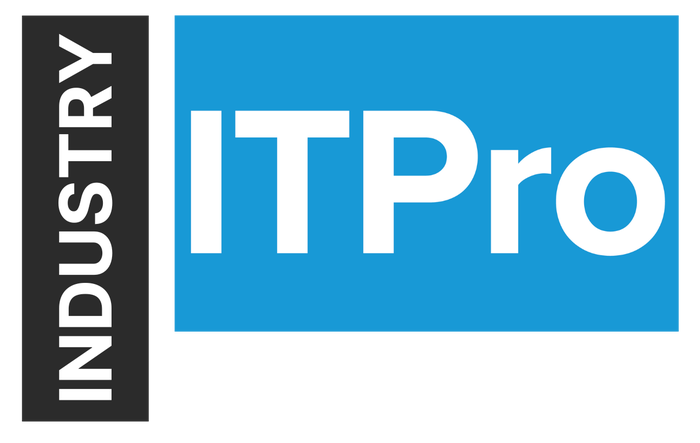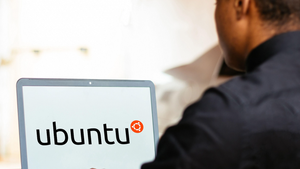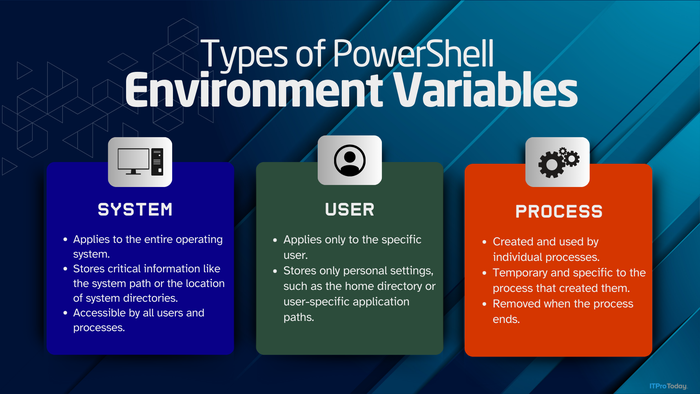
Insight and analysis on the information technology space from industry thought leaders.
Rethink, Retain, Revise: Modernizing Legacy Technology in 2025Rethink, Retain, Revise: Modernizing Legacy Technology in 2025
Enterprises are shifting from chasing trends to strategically modernizing legacy systems, leveraging existing infrastructure with modern enhancements to maximize business value and future-proof operations.
February 5, 2025

By Jens Koch, Retarus
Over the past decade, enterprise IT has felt like a race to innovate for innovation's sake. IT leaders have chased the newest products and flashiest solutions, convinced of their necessity to remain competitive.
I believe that change is on the horizon in 2025. A more pragmatic approach to technology adoption is emerging, focusing on solutions that provide measurable benefits. Having fallen victim to "shiny object syndrome," the savviest leaders now realize that the technology with the most potential to deliver real business value is already in place and that modernization is the key. It's against this backdrop that established and trustworthy legacy systems could provide the greatest opportunity for technological optimization.
Modernizing Legacy Tech for Maximum Impact
Legacy systems have demonstrated their staying power — embodying years of fine-tuned workflows, compliance adherence, and critical business operations. The challenge lies not in dismissing legacy systems as outdated but in determining where it makes sense to modernize and where new technologies can offer real added value.
One prime example of this is Microsoft's Office suite, which in 2025 will mark 35 years since its first release in 1990. The Office suite has outlasted its competitors, not by changing its fundamental purpose and functionality but by adapting to changing business needs. Despite evolving over decades, the suite's core value proposition has remained intact, adapting to changing business needs through innovations like Office 365. While the suite itself has evolved, the workflow and foundation that delivers value have remained. Today, over one million companies worldwide still rely on Microsoft Office 365 software for its reliability and user familiarity.
Microsoft's adaptability highlights an important lesson: Legacy systems do not need to be discarded to remain impactful. Instead, they can be enhanced with modern tools and techniques, creating a balanced approach where modernization amplifies what already works.
Future-Proofing Your Business
In fact, modernizing legacy systems has become a key investment strategy for organizations looking to future-proof their digital transformation efforts. Nearly two-thirds of businesses invest more than $2 million a year on average in maintaining and modernizing legacy systems. This is because these same systems operate at the heart of many organizations, and the cost of replacing these systems could significantly outweigh that of optimizing existing technology to sustain them.
For instance, approximately 70% of U.S. healthcare businesses still rely on established workflows like faxing for business-critical communications. While the technology behind fax servers may be outdated, the communication method itself remains secure, compliant, and indispensable. The opportunity lies in preserving these trusted workflows while transforming outdated technology such as fax servers with modern, cloud-based solutions. This approach sustains the reliability of existing protocols while introducing scalability, security, and cost-efficiency.
Modern Tools, Trusted Systems
By approaching modernization as an opportunity — not an obligation — organizations can tackle modern demands while leveraging their existing infrastructure's strengths as a strong foundation. Cloud-based solutions are a perfect example of how businesses can effectively enhance legacy systems without overhauling them entirely.
Cloud fax technology, for instance, takes a "traditional" form of communication and enhances it to deliver a more streamlined, efficient, and modern experience, all while maintaining its most important features as a secure and compliant communication protocol. That means highly regulated industries such as healthcare and financial services can continue to rely on the underlying concept of fax for compliant communications while achieving greater scalability, optimizing resources, and improving security.
This balanced approach can be applied across other legacy technologies such as storage, databases, and AS400 systems. Doing so ensures a seamless transition, minimizes disruption, maintains critical workflows, and highlights the potential for thoughtful innovation where modernization enhances rather than replaces legacy systems.
The Foundation for Innovation
As businesses navigate an increasingly complex technological landscape, decisions about their technology stack are make-or-break. Instead of chasing the latest trends, enterprises should focus on the technology that adds the most value. This often means building a foundation where legacy systems are specifically tailored to reach their individual IT needs and goals. By strategically evaluating legacy system contributions and incorporating modern enhancements like cloud-based solutions, enterprises can bridge the gap between trusted technologies and transformative innovation.
About the author:
Jens Koch is Head of Product Management Messaging at Retarus, where he is responsible for driving the strategy and development of enterprise cloud messaging solutions. With two decades of experience in cloud services and enterprise communications, plus a decade in product management, he is committed to delivering secure, scalable, and API-driven messaging for global organizations.
Jens joined Retarus in 2005, where he held leadership positions in product marketing and management, shaping go-to-market strategies and driving innovation across email, fax, and SMS solutions. He was promoted to Head of Product Management Messaging in 2019. Prior to joining Retarus, Jens gained valuable experience at Wstore, a French e-commerce startup, where he developed a strong foundation in business strategy, digital transformation, and enterprise IT enablement. His extensive experience spans product strategy, market positioning, and partner-driven innovation, ensuring enterprises can communicate securely and efficiently at scale.
About the Author
You May Also Like








.jpg?width=700&auto=webp&quality=80&disable=upscale)
